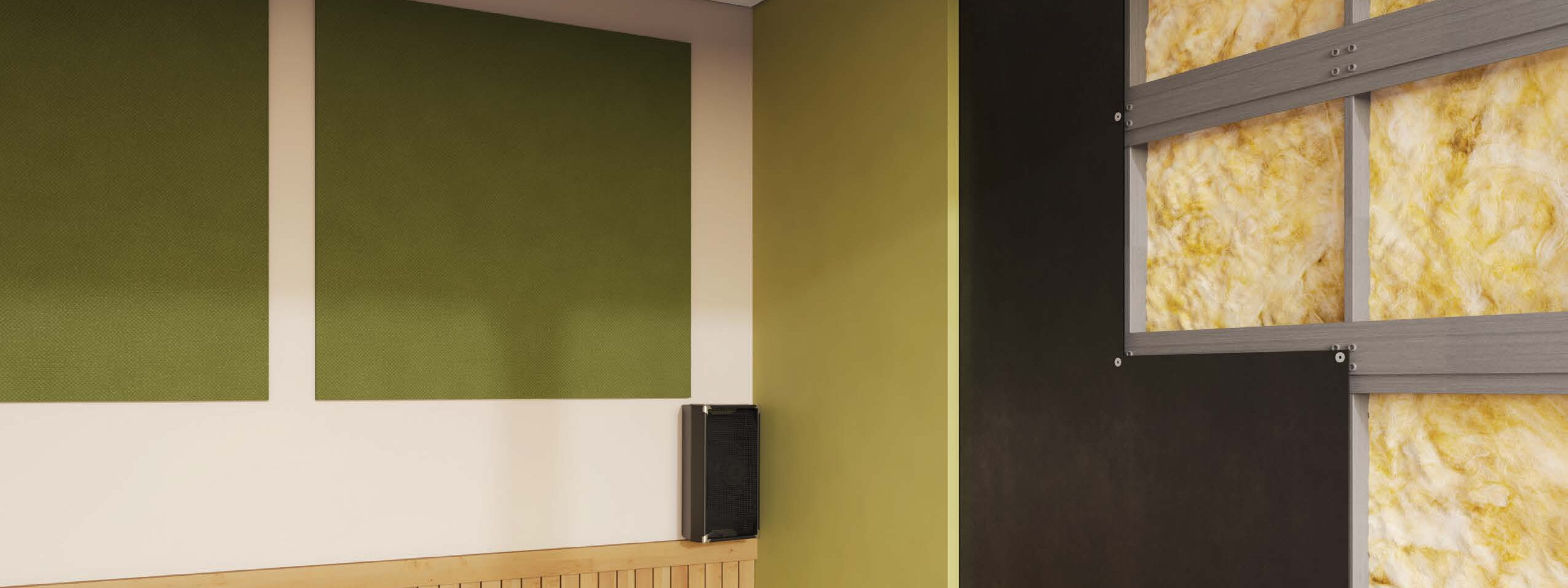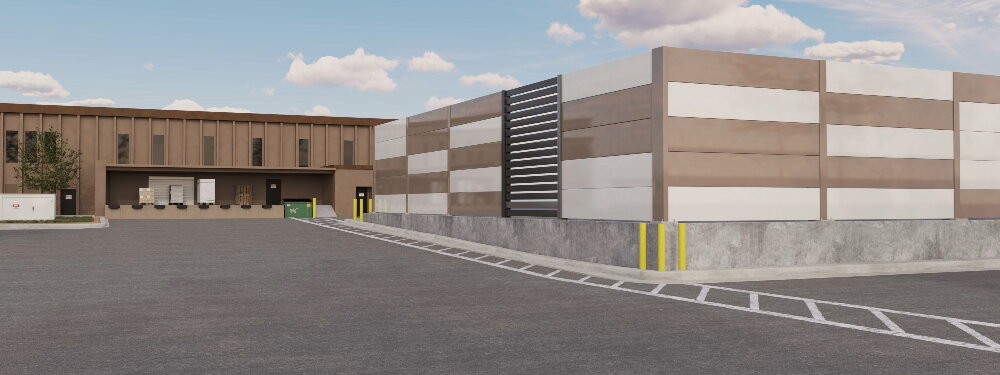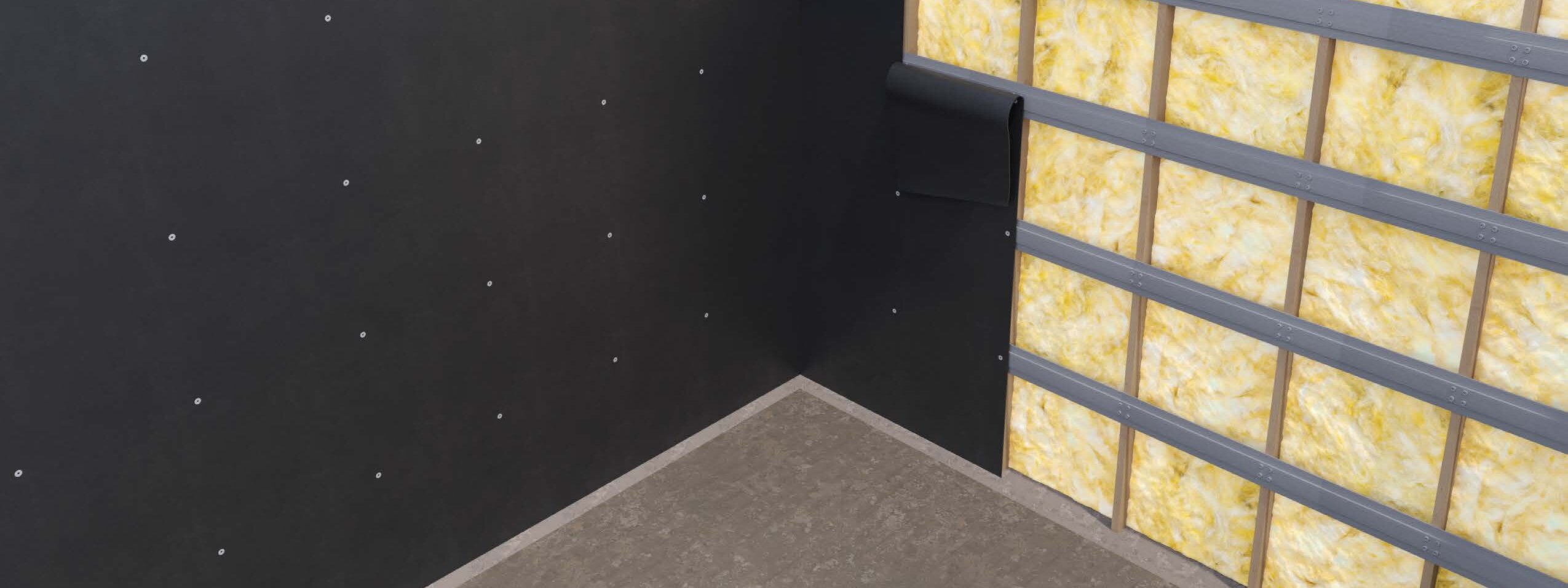High-Mass Sound Blocking for Superior Noise Control
At DDS Acoustical Specialties, we provide a wide range of high-performance sound barrier products tailored to meet the demands of various environments. Whether you're trying to isolate a loud machine, create a soundproof partition, or reduce traffic or construction noise, our noise barrier systems offer the mass, durability, and flexibility needed for effective sound containment.
What Are Sound Barriers?
Sound barriers are materials and structures designed to block the passage of sound from one space to another. Unlike sound absorbers, which reduce echo and reverberation within a space, sound barriers work by preventing airborne sound from traveling through walls, ceilings, or open air. They are typically dense, high-mass materials that reflect sound waves or stop them entirely.
In its simplest form, a sound barrier is anything with significant mass. The more massive the barrier, the more effective it is at blocking sound. However, performance also depends on factors like rigidity, seal quality, and installation technique. Noise barriers can be installed independently or layered with absorptive materials to form composite solutions that both block and absorb sound.
At DDS, we offer several types of sound barriers to suit different needs and applications. Common solutions include mass loaded vinyl (MLV), composite curtain panels, metal barrier walls, and custom acoustic enclosures. Each product is selected based on the unique noise control requirements of your environment, and all are engineered for maximum performance and reliability.
Benefits of Sound Barriers
The primary advantage of sound barriers is their ability to stop sound transmission. Where sound absorbers treat noise within a space, noise barriers prevent sound from leaving or entering a space altogether. This is especially critical in situations involving industrial machinery, mechanical noise, or exterior environmental sound such as traffic or construction.
By implementing high-mass materials and sealed installations, noise barriers can reduce noise levels by 10 to 30 decibels or more, depending on the configuration. This translates to significant improvements in workplace safety, comfort, and code compliance. In commercial and residential settings, noise barriers help reduce noise complaints, protect building occupants, and support privacy and productivity.
In addition to their acoustic benefits, modern noise barrier products are designed for ease of installation and long-term durability. Whether it’s a flexible MLV sheet or a permanent exterior wall system, DDS noise barrier products are engineered for reliability in demanding environments.
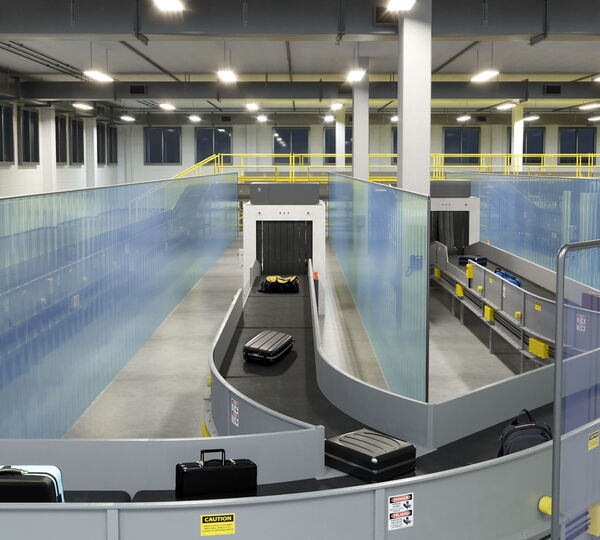
Related Products
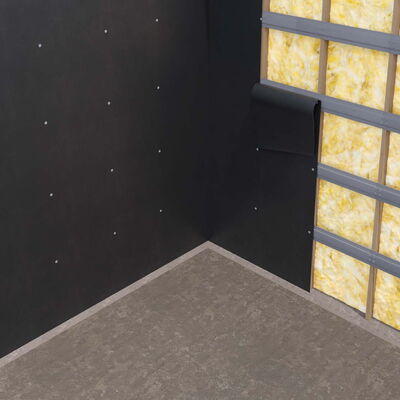
Nonreinforced Mass Loaded Vinyl
- Flexible noise barrier for interior use in walls, ceilings, and floors
- STC rating: 26-32
- 1/8" - 1/4" thicknesses | Standard Rolls 54" x 30'
- 1lb or 2lb/sqft
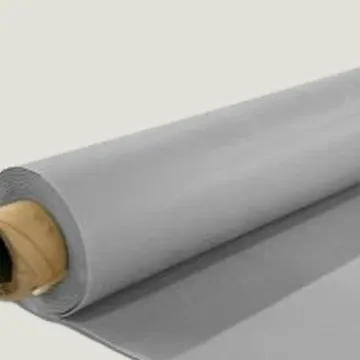
Reinforced Mass Loaded Vinyl
- Flexible noise barrier suitable for outdoor use, fabricated into panels
- Often used in composite products and Pickleball Noise Barriers
- STC rating: 21-32
- 1/16", 1/8",1/4" thicknesses | Standard Rolls 54" x 60'
- .5lb, 1lb, or 2lb/sqft
- Colors - Black, Tan, Gray
- Custom Dyed colors for projects overs 6,000sqft
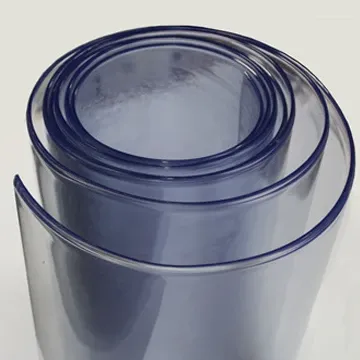
Clear Mass Loaded Vinyl
- Flexible noise barrier offering significant noise reduction and visibility
- Reduced heat and cold loss between areas
- Fabricated into curtain, enclosures, or strip curtains
- STC rating: 21-26
- 1/16", 1/8",1/4" thicknesses | Standard Rolls 48" x 60'
- .5lb or 1lb/sqft
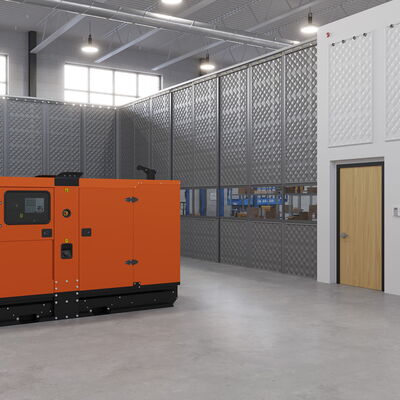
Curtain Panel Walls and Enclosures
- Composite noise barrier and sound absorber panels that offer significant noise reduction at an affordable price
- Interior and exterior product options
- Semi-permanent - Can be easily installed, disassembled, and reinstalled
- STC rating: Up to 36
- Typical Panel Size - 54" x Desired Length
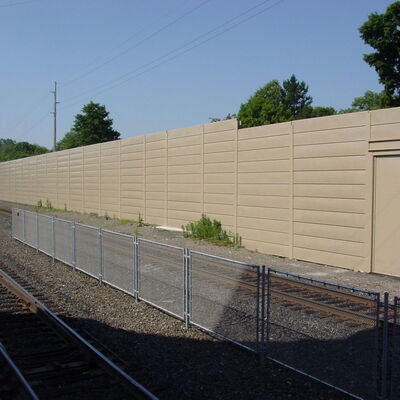
Metal Walls and Enclosures
- High performance material for project that need major levels of noise reduction
- Interior and exterior product options
- Permanent installations
- STC rating: Up to 60
- Custom sized to fit application
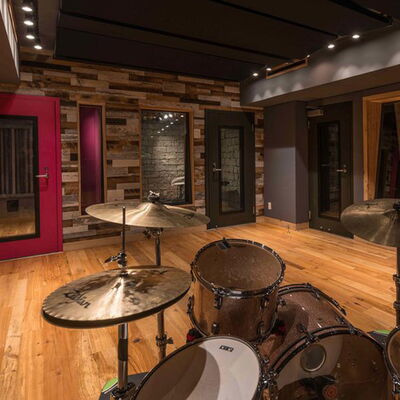
High STC Acoustic Doors and Windows
- High quality acoustic doors and windows for areas needing significant sound blocking
- Interior and exterior product options
- Permanent installations
- STC rating: Up to 60
- Custom sized to fit application
Frequently Asked Questions
A: Sound barriers are designed to block sound from passing through a surface, while sound absorbers reduce echo and reverberation within a space. Barriers are typically dense and heavy, preventing sound transmission, whereas absorbers are porous materials that trap sound waves. For many environments, a combination of both is the most effective solution.
A: Sound barriers can be installed anywhere sound needs to be blocked. Common applications include between noisy machinery and occupied spaces, around HVAC systems, in mechanical rooms, along highways, or between commercial properties. The location depends on the noise source and the desired area of protection.
A: The effectiveness of a sound barrier depends on its mass, material composition, installation, and sealing. Properly installed barriers can reduce sound transmission by 10 to 30 decibels or more. When combined with absorptive layers or enclosures, the performance improves even further.
A: While some flexible barriers like MLV can be installed by contractors or skilled DIYers, many sound barrier systems — particularly those involving structural components or enclosures — benefit from professional installation. Our team ensures proper sealing, alignment, and integration with surrounding materials for maximum performance.
A: Our team at DDS Acoustical Specialties will work with you to assess your space, noise source, and performance goals. We provide acoustic consulting and site evaluations to determine the best product or combination of solutions to achieve effective sound contro

